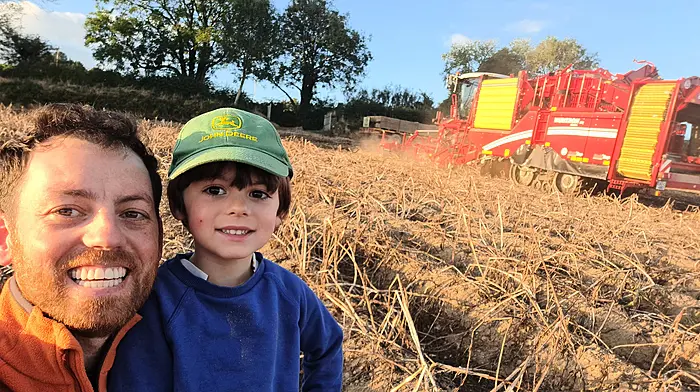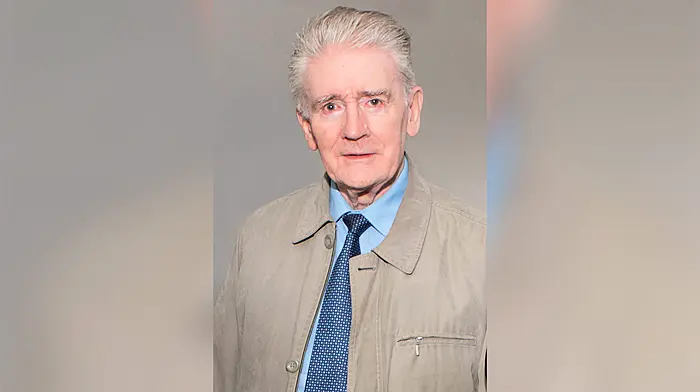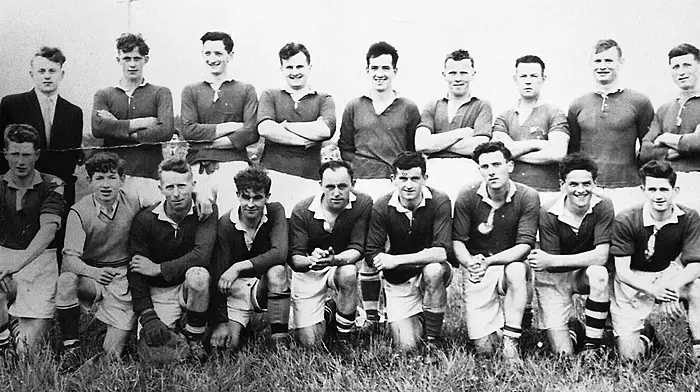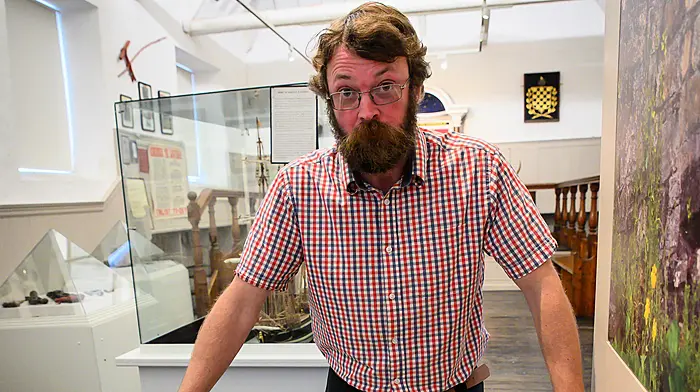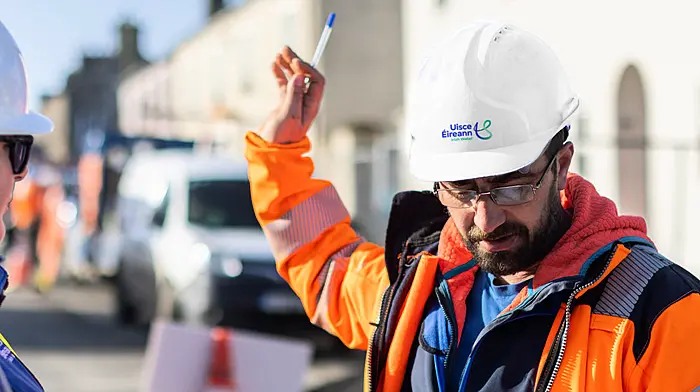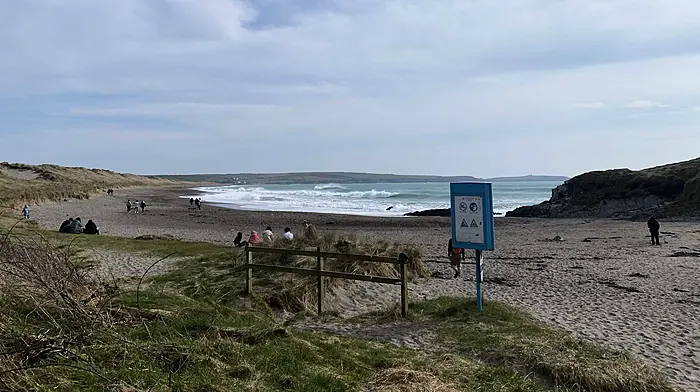A SKIBBEREEN-born man who was born to a modest family, had become one of Wexford’s most respected citizens at the time of his death in 1924.
The story of Daniel O’Sullivan is explored by his grandson Seán in a new TG4 series on Irish heritage called Sloinne.
This series is all about diving into the fascinating stories behind Ireland’s most common surnames, making history come alive in a way that’s easy for viewers to enjoy.
Each episode features a special guest exploring their family surname, taking viewers on a journey back in time. Ancient strongholds tied to these names are visited, reliving epic battles and feuds over land and possessions.
Among the surnames featured is Ó Súilleabháin, explored by Wicklow-based secondary school teacher Seán Ó Súilleabháin whose adventure brought him to Skibbereen and the Beara peninsula, where he discovered new insights into his ancestors.
His grandfather Daniel was born in Skibbereen in 1876. ‘Neither his father Cornelius O’Sullivan nor his father Daniel O’Sullivan Sr actually owned the land they worked,’ said Sean.
‘They were dairymen, and how the historian and genealogist Paul MacCotter described this job title to me was that they were hired workers who would have worked the land for a landowner who may have offered them a small plot to provide for their own families as part of the deal. It would have been a hard life, I imagine.
‘According to the marriage certs, both men were illiterate,’ he added. ‘My grandfather, Daniel O’Sullivan lost his father, Cornelius, when he was six, in 1882. They moved to Wexford in 1898. Before long he was appointed assistant clerk of Wexford Union and District Council, and in 1919 he held the title office of clerk to the rural council. Quite a social jump for the son an illiterate dairy man.’
In the newspaper report he has of his grandfather’s death in 1924, it describes him as ‘one of the most respected citizens of the county’ who had ‘a great understanding of the Poor Laws and he perfected a form of ledger which is used extensively by public bodies throughout Ireland’.
‘I presume this work had a personal resonance with him, considering the challenges and poverty he must have faced in his own childhood back in Skibbereen,’ said Seán.
The episode will show Seán visit St Comhghall’s church in the Skibbereen townland of Lisheen, built in 1832.
‘The local historian told me that traditionally it was customary for families to give one day a week to help with the construction of a new church and that it would have played a seminal role in the heart of the community. Daniel O’Sullivan Sr married Ellen Kearney there in 1839 and Cornelius was baptised there in 1841. In 1870 Cornelius and Margaret O’Mahoney married there.
‘So, it’s quite possible that my ancestors played a role in the building of this church in Lisheen and for me to return and sit there and think about all these people connected to my, until then, unknown past was something special. It bridged the gap in our family’s forgotten history and brought them alive,’ said Seán.
In the episode he also visits the Beara peninsula where he found out more about the O’Sullivan Bere clan and their march in 1603 from Dunboy Castle to flee English forces to Leitrim.
Out of 1,500 who started out, only 35 or so survived.
Sloinne is a fascinating blend of the past and the present, and Sean described it as an ‘enjoyable and emotional experience’.
His story features on the episode on TG4 on February 11th at 8.30pm.




